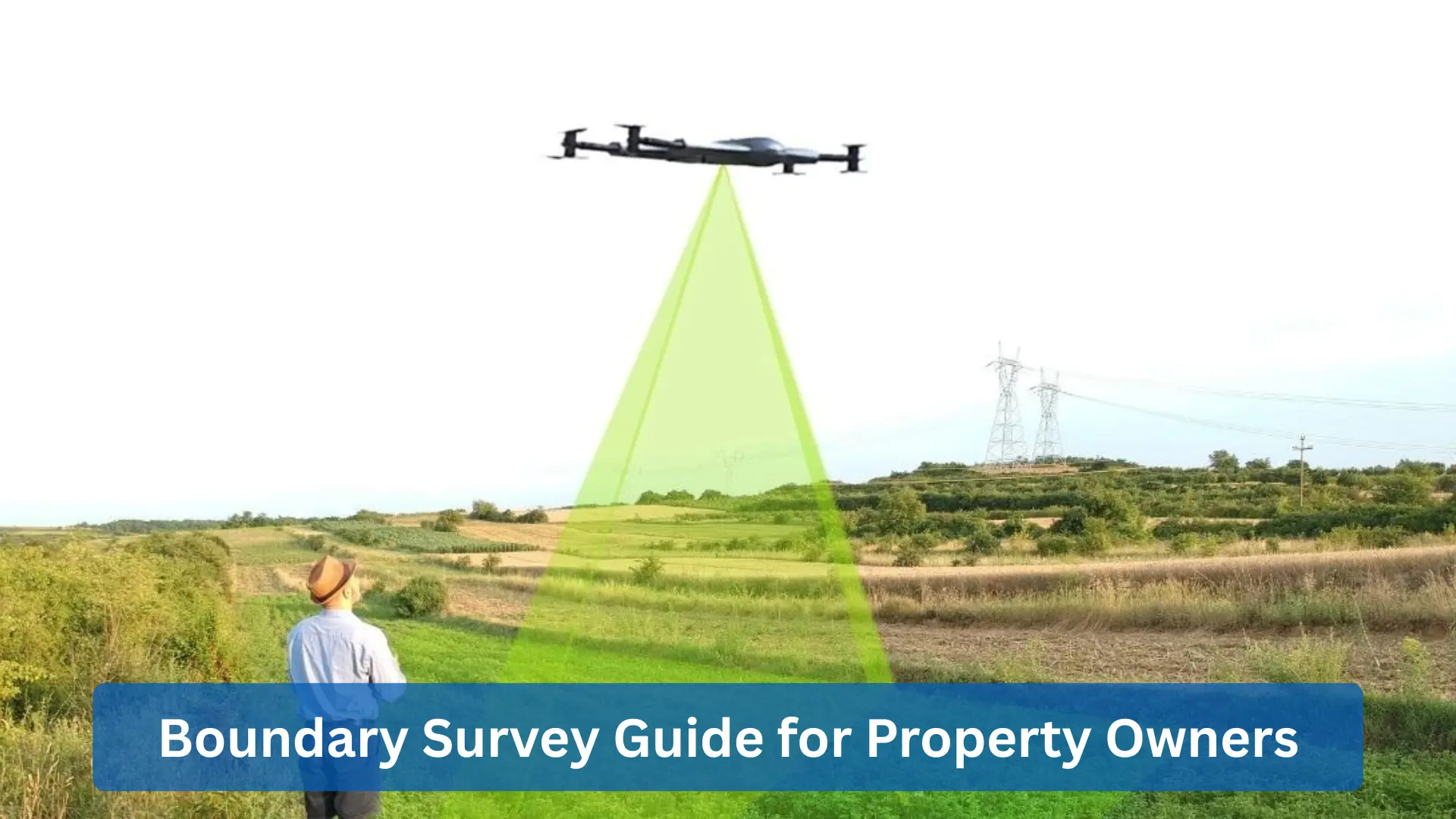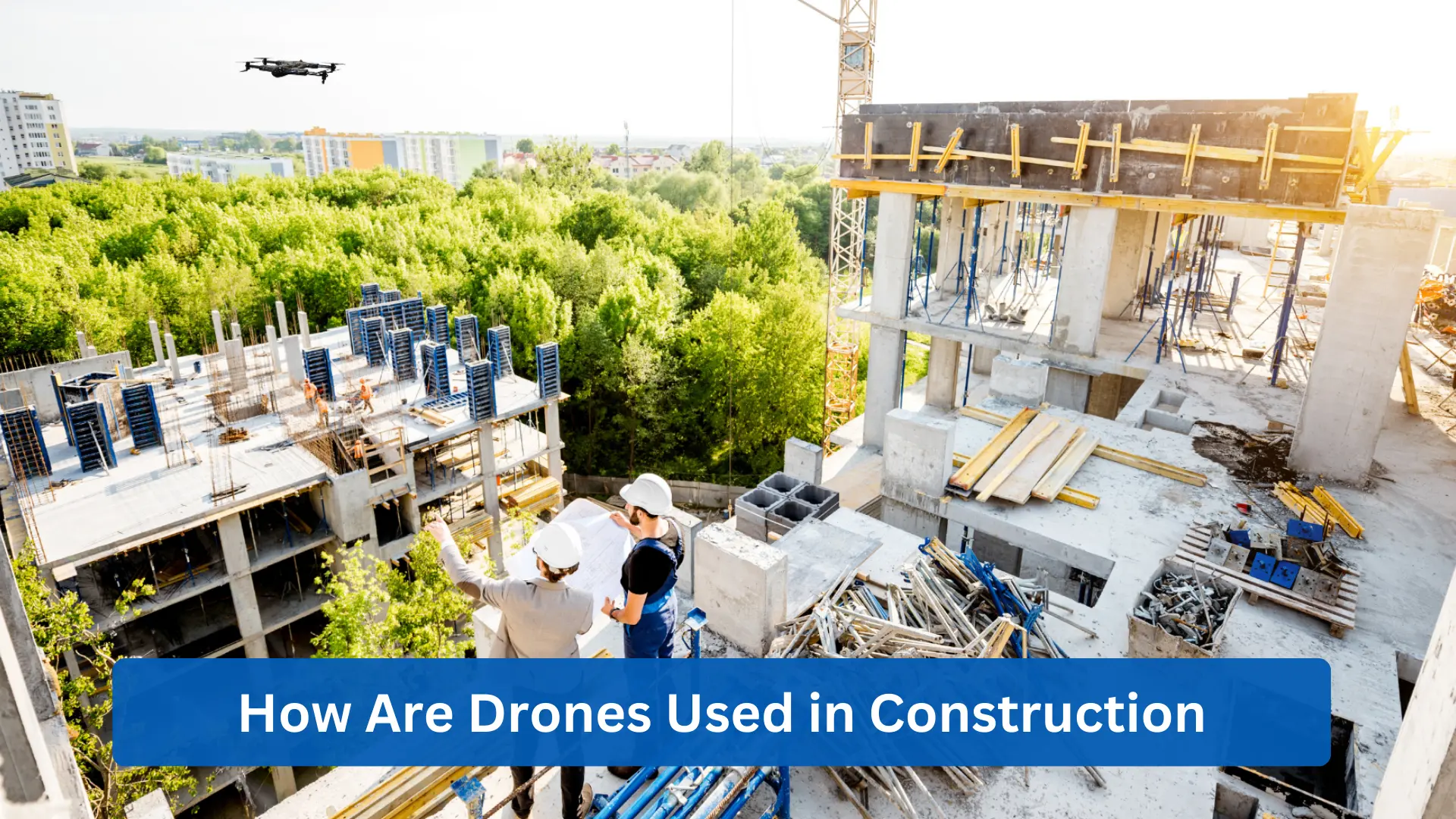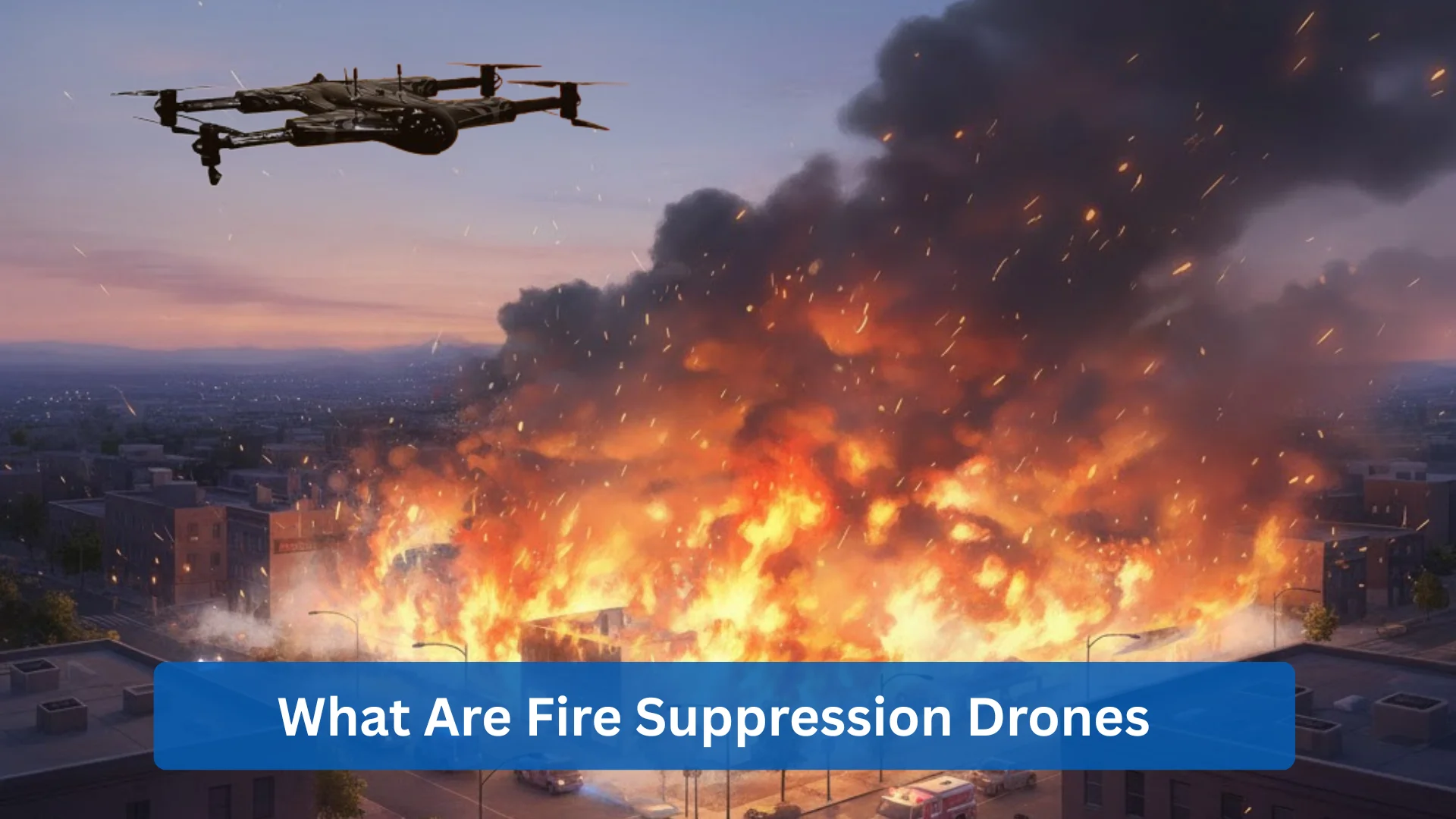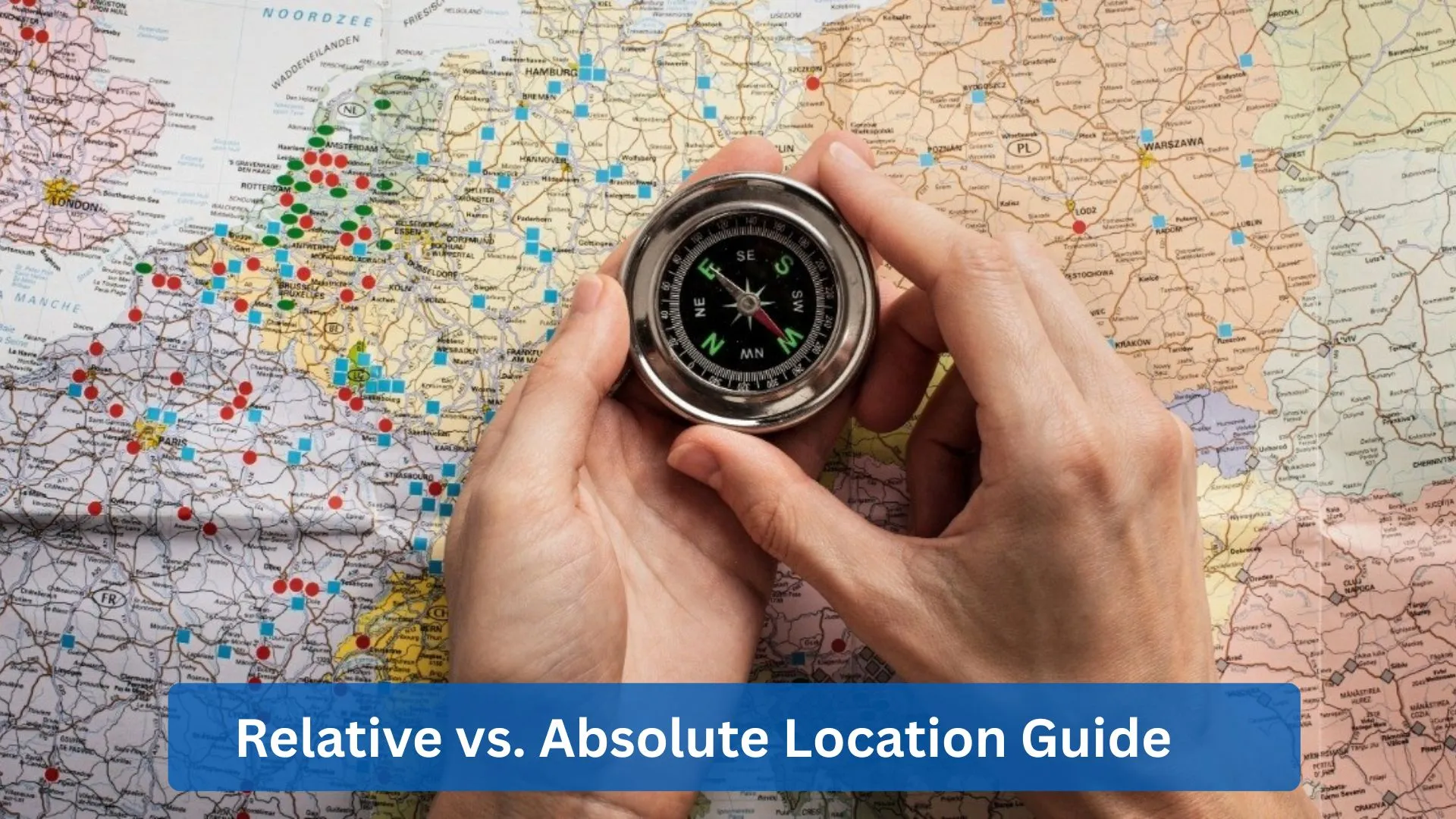Is It Safe to Fly a Drone in the Rain?
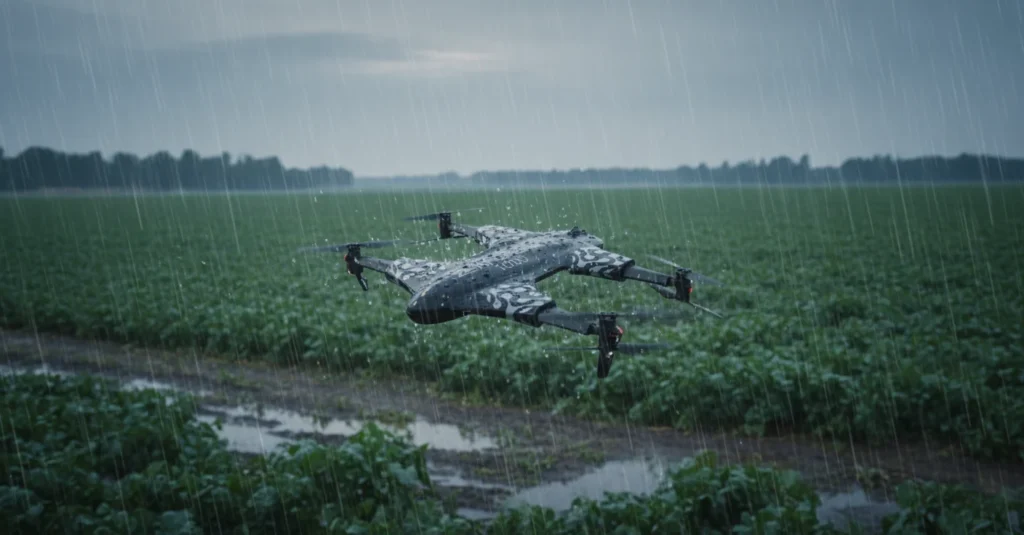
Rain complicates flight physics, electronics, and pilot judgment, so the safest rule is usually to wait it out unless the mission truly demands it. Many new pilots ask, “Is it safe to fly a drone in the rain?” The simple answer is no. Most drones aren’t designed to withstand rain and may experience short circuits or motor failure when exposed to moisture. Even operators of agricultural drones wrestle with moisture, mud, and wind when storms roll across fields. If you’re wondering how drones are used in agriculture despite adverse weather conditions, the short answer is “carefully,” with rain-tolerant gear and conservative procedures.
This guide explains what rain does to your aircraft, the gear that survives it, how to plan a wet-weather mission, and when to call it off. Each section is practical, test-ready, and rooted in real operations.
What Happens When You Fly a Drone in the Rain?
Flying a drone in the rain can damage its electrical components and sensors, leading to malfunction or short circuits. Moisture can reduce visibility and interfere with the drone’s camera and GPS. It may also cause the drone to lose control or crash due to water affecting propellers and motors.
Effects of water on drone electronics and motors
Water creates unintended current paths, which lead to short circuits on exposed boards and connectors. Brushless motors shed droplets through rotation, but prolonged exposure forces moisture past bearings and windings, allowing corrosion to accelerate.
Even agricultural drones with splash protection can fail if water wicks along cables into the flight controller or ESCs. Pilots who ask how drones are used in agriculture during rainy seasons learn to watch for intermittent power dips, ESC warnings, and surging current under load, all of which signal moisture reaching sensitive components.
Rain and drone sensors (IMU, barometer, GPS)
The IMU is sealed, yet rain can cool the arms and body unevenly, causing thermal drift. The barometer is more vulnerable because wet vents or pressure ports create altitude oscillations, especially during descents. GPS reception is usually maintained, although rain-laden clouds reduce the signal-to-noise ratio and degrade lock quality.
Vision sensors may interpret droplets as obstacles, which triggers unwanted braking. Even on agricultural drones, where designers expect dust and spray, persistent moisture can skew altitude readings. Pilots explore and verify sensor health with a short hover check before committing to the job.
Impact on camera, gimbal, and visibility
Droplets on the lens turn footage into sparkle and blur, and spray can confuse autofocus. Gimbal motors work harder when rain adds mass and balance irregularities, which increases heat and battery draw. And visibility for the pilot also suffers because rain reduces contrast and hides wires or branches until it is too late.
Rain degrades image clarity, making fine counts and diagnostics unreliable. Meanwhile, most teams schedule mapping for dry windows and reserve rainy sorties for brief, close-in inspections, where absolute sharpness matters less.
Drone behavior in light vs heavy rain
Light rain usually adds aerodynamic “grit.” Props shed droplets with modest thrust loss, but braking distances increase. Heavy rain has a different effect because droplet loading and distorted airflow cause RPM spikes, ESC heat, and control lag.
Even drones with high-torque motors feel sluggish during gusty downpours. Operators follow a simple rule of thumb: if rain noise drowns the motor note at 15 to 20 meters and you see persistent mist trails off the props, margins are thin, and it is time to land and reassess.
Is It Safe to Fly A Drone in the Rain?
What qualifies a drone as water-resistant or waterproof
A rain-capable platform utilizes sealed seams, protected connectors, coated PCBs, drain paths, and shields that prevent spray from reaching vents and fans.
A truly waterproof aircraft tolerates brief submersion, not just splashing. Many drones are designed for chemical spraying and dew control, but that does not mean they are submersible.
During monsoon seasons, teams choose rigs with documented ingress protection, grommeted cable glands, and moisture egress that keeps sensors and ESCs dry in sustained showers.
IP ratings explained
Ingress Protection (IP) codes have two digits, with the first digit representing solids and the second digit representing liquids. IP45 means limited dust ingress and resistance to splashing.
IP67 means dust-tight and submersion to a depth of one meter for thirty minutes. Some drones advertise IP54 or IPX4 ratings, where the “X” indicates that the solid-particle test was not performed.
If you fly in rainy regions, especially with agricultural drones, focus on the second digit of the IP rating. IPX3 to IPX4 covers rain or splash. IPX5 to IPX6 covers water jets. IPX7 covers shallow immersion. IPX8 exceeds IPX7 by agreement, often deeper or more extended submersion.
Key waterproofing design features (sealed enclosures, coated circuits)
Look for molded shells with O-ring seams, vent membranes that equalize pressure but block water, and conformal-coated flight controllers. Potting on ESCs, silicone-filled connectors, and gasketed battery doors are hallmarks of rain-ready frames.
Many drones route airflow to cool electronics without creating direct water paths. Always be mindful of the drip edges, raised ports, and drains under arms so droplets leave the airframe before capillary action pulls them inward.
Can You Modify a Drone to Make It Rainproof?
Aftermarket waterproofing solutions
Standard kits include silicone gaskets for seams, vented stickers for barometers, and cable glands that clamp around wires. These raise survival odds in showers, yet they rarely meet formal IP ratings.
Operators of drones in agriculture often add splash shields around ESCs for pesticide mist, which also helps in rain. If you want to know how they operate, treat aftermarket sealing as a risk reduction measure, not as permission to fly into storms.
Conformal coating sprays and protective shells
Acrylic or silicone conformal coatings repel moisture on PCBs, but careful masking is essential. Never coat plugs, switches, barometer vents, or heat-sensitive components. Clip-on shells deflect droplets, extending maintenance intervals.
Drones often ship with coated boards from the factory. Owners sometimes add extra conformal coating to third-party payload boards where the OEM’s moisture-proofing may be inadequate.
Rain covers, landing gear mods, and drone umbrellas
Soft covers over top plates reduce pooling. Taller skids keep belly vents out of puddles and crop splash. “Drone umbrellas” protect cameras when hovering, although they add sail area and can destabilize yaw.
Crews fielding drones use lightweight visors to keep spray off optics. It aims to deflect water without compromising balance, airflow, or the sensor’s field of view.
Pros and cons of DIY waterproofing
Benefits include lower cost than industrial platforms, tailoring to your airframe, and reversibility. Downsides include added weight, reduced cooling, a risk of trapped moisture, and concerns regarding warranty coverage.
Many agricultural drones tolerate drizzle after careful DIY preparation. Moreover, operators deeply understand that DIY reduces risk but does not turn a consumer quad into a storm-rated tool.
When Might You Need to Fly a Drone in the Rain?
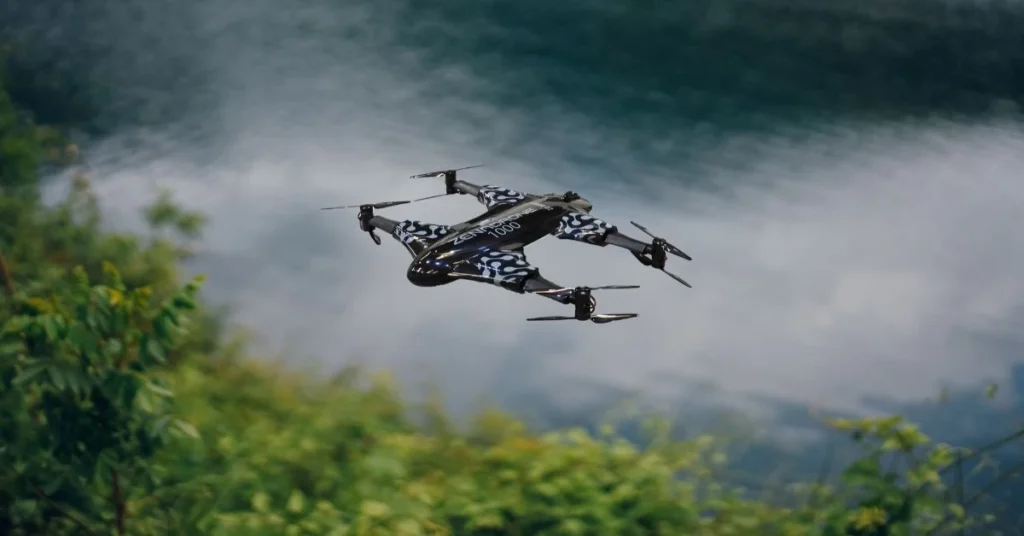
Use cases that require rain tolerance (rescue, security, inspection)
Search teams track missing persons while storms still rage, utilities inspect lines after squalls, and security patrols cannot pause when assets need eyes. In fields, drones assess flood damage or monitor pumps when the rain refuses to stop.
People researching the use of drones in agriculture find that wet-weather flights are sometimes the only way to capture time-critical data, such as a breach in a levee or a blocked drainage tile.
Mission-critical operations during bad weather
If a dam gate jams or a refinery alarms, launch may be necessary, rain or not. Mission assurance requires layers of redundancy, which include IP-rated frames, waterproof radios, and pilots trained to fly by instruments. Some support these standards for monitoring spray and livestock.
Limitations even for water-resistant drones
Water-resistant does not mean storm-proof. Battery sag increases with cold, prop efficiency falls in wet air, and failsafes can trigger from sensor noise. Agricultural drones handle drizzle during scouting, yet they still avoid electrical storms and microbursts. For crews studying how drones are used in agriculture, safety margins set the ceiling, not marketing claims.
What Are the Risks of Flying a Drone in Rainy Weather?
Short circuits and component corrosion
Moisture bridges solder pads and wicks along wire braids, causing intermittent shorts that can later develop into chronic corrosion. Operators often discover latent failures days after a wet mission has occurred.
If you are asking how to use them, the answer includes post-flight drying and anti-corrosion care that stops tiny faults from growing into expensive board replacements.
Motor and battery malfunction
Wet bearings load motors, ESCs run hotter, and voltage dips trigger early Return-to-Home. Cold rain also reduces the efficiency of battery chemistry. Even agricultural drones with high-capacity packs must derate flight time.
In wet conditions, pilots plan shorter legs and keep spare packs warm in insulated cases to offset rain-driven losses.
Loss of video signal or GPS, pilot visibility hazards
Rain absorbs and scatters RF energy, and wet foliage further weakens links. Video may snow out as the line of sight degrades in drizzle. Low-altitude flights over crops are especially prone to multipath and canopy absorption.
Crews maintain conservative standoff distances, use higher-gain antennas, and stage clear landing zones to preserve visual contact and stable telemetry.
Legal and insurance implications
Many manuals prohibit wet-weather use, providing insurers with a basis to deny claims. Some commercial policies require weather documentation. Even agricultural drones with IP ratings may still face exclusions due to immersion or improper operation.
If you are exploring how drones are used in agriculture, keep logs, screenshots, and METARs. Documentation demonstrates due diligence and improves claim outcomes.
How Can You Prepare to Fly Safely in the Rain?
Pre-flight weather checks and moisture planning
Use multiple sources for radar, wind, and cell movement, and set a precipitation threshold to determine whether to proceed or not—stage towels, silica gel, and vented cases in the truck.
Assign a field scout to radio live gust reports from the site. Pre-plan wet egress routes and designate a dry “pit” under a canopy for battery swaps, so the aircraft and batteries stay protected between sorties.
Adjusting Return-to-Home settings
Set RTH altitude high enough to clear unseen wires, yet not so high that winds aloft overwhelm thrust. Consider hover and wait if rain worsens near base and you need manual control for the last meters. Many drones map large rectangles. In rain, set nearer homepoints at field edges. Knowing its uses and importance shortens loss-link timers to avoid long wet loiters.
Short flights, low altitude, and quick landings
Keep each leg short and within a tight radius. Fly lower to reduce wind shear and RF loss. Avoid extended hover, gather essential data, then land.
For agricultural drones, swap detailed mapping for spot checks. Using them, focus on decisive frames such as washouts, culvert blockages, and damaged irrigation systems, then dry the aircraft.
Battery prep and waterproof accessories
Warm packs to operating temperature. Use gasketed battery doors and seal the seams with tape. Carry lens hoods and prop guards that do not trap water. A lot of drones accept plug-in splash shields for ESCs.
Experienced pilots standardize a wet kit that includes microfiber cloths, contact cleaner, a light film of dielectric grease for exposed bullet connectors, and vented storage bins.
Post-flight drying and inspection
Blot, don’t wipe, so you don’t drive water into seams. Remove the props, open any non-sealed panels, and let the airframe drain. If the drone has folding arms, check the hinges since they can trap moisture.
During your next dry test, hover, listen for motor roughness, and watch for gimbal shake. Note any sensor warnings so you can address minor issues before the next mission.
What Should You Do If Your Drone Gets Wet or Crashes in the Rain?
Emergency steps for water exposure
Land as soon as it is safe. Power down, remove the battery, and avoid shaking the aircraft, since that spreads droplets. Disconnect payloads and cables.
Even rugged agricultural drones must be handled like electronics, not tools. Keep a laminated “wet checklist” in the case to avoid missed steps during stressful situations.
Safe drying techniques
Do blot with lint-free towels, use gentle airflow rather than hot air, and employ desiccants. Do not bake in ovens, use hair dryers on high, or spray general lubricants without care. Drones often benefit from breathable racks, so leave hatches open for one to two days before bench tests.
When to power it on again
Power up only after everything appears dry, the lenses are clear, and the connectors show no trapped droplets. Start with the payload off, then idle the motors, then do a short lift.
Agricultural drones should undergo a bench ESC test before propeller installation. You need to treat the first hover like a test flight and abort at the first anomaly.
Corrosion prevention tips
Once everything is dry, clean the boards with electronics-safe contact cleaner. Apply a thin film of dielectric grease to bullet connectors and battery terminals.
Schedule a follow-up inspection about a week later to catch any latent corrosion. If you notice early oxidation on exposed pads, apply a light conformal coating touch-up.
Which Drones Are Best for Flying in Rain or Wet Environments?
Comparing consumer, commercial, and industrial classes
Consumer quadcopters prioritize camera quality and lightweight design, with minimal sealing. They are fine for mist, risky for rain. Commercial models provide better gaskets, coated boards, and optional IP ratings.
Industrial agricultural drones and inspection platforms excel in weather tolerance, but they are more expensive and heavier. With that, choose based on the mission. Scouting can use commercial rigs, while flood assessment may need industrial sealing.
Cost vs durability vs performance trade-offs
You pay for sealing twice, first at purchase and again in payload limitations. Waterproof housings add weight, which reduces top speed, climb rate, and endurance. Agricultural drones that carry heavy tanks already struggle in the wind.
Extra sealing narrows flight windows further. Moreover, weigh the downtime caused by weather delays against the cost of IP-rated frames that keep work moving.
Illustrative comparison table
|
Class |
Typical IP |
Strengths |
Weaknesses |
Example Uses |
|
Consumer |
IPX0–IPX3 |
Strong cameras, affordable |
Minimal sealing |
Scenic shots between showers, training flights |
|
Commercial |
IP43–IP55 |
Gaskets, coated boards |
Higher cost |
Utility inspection in drizzle, field scouting with agricultural drones |
|
Industrial |
IP55–IP67+ |
Sealed enclosures, drains |
Heavy, expensive |
Flood assessment, pump checks, storm-time agricultural drones support |
Even in the best class, pilots still observe strict weather minima.
Can Flying a Drone in the Rain Void the Warranty?
What counts as water damage?
Manufacturers treat moisture indicators, corrosion, or residue inside the shell as water damage. Even a few droplets under the barometer film can trigger denial. Operators should assume rain flights will be scrutinized as well as document conditions and settings before each sortie.
Proof and documentation needed for claims
Save logs, photos of seals, and screenshots of radar at launch time. Keep a record of the serial numbers of the batteries used. Drones maintained under fleet programs often have standardized checklists. Attaching this evidence to RMA tickets demonstrates compliance with manuals and weather thresholds.
How to protect yourself with drone insurance
Choose hull policies that explicitly cover weather incidents and carry liability with aviation endorsements. For agricultural drones, ask about chemical application riders and wet-operations clauses. Some teams bundle coverage with broader farm or commercial policies, but the key is to get explicit wording about rain-related incidents rather than relying on assumptions.
When Should You Avoid Flying a Drone in Rain at All Costs?
Heavy downpour, thunderstorms, wind gusts
If you see sheet rain, hear thunder within ten seconds of lightning, or record gusts beyond your aircraft’s limits, scrub the mission. Large prop disks still cannot overcome microbursts. The most important skill is the go or no-go call.
Regulatory issues with flying in low visibility
Rules usually require maintaining a visual line of sight and avoiding clouds. Rain reduces contrast and lowers ceilings. Low-level flights near tree lines or silos can quickly disappear into gray.
Keep anti-collision lights on, and still call it off if the aircraft becomes obscured by haze.
Equipment limitations and risk vs reward for commercial pilots
Specifications are ceilings rather than guarantees. If a job does not compensate for replacement risk, delay it.
Agricultural drones assigned to flood checks still face prop erosion and bearing wear. Experienced operators weigh customer timelines against fleet longevity and opt for the conservative approach.
What Do Drone Pilots Say About Flying in the Rain?
Insights from pilots, common mistakes, and lessons learned
Practitioners report underestimating droplet load on props, forgetting to tape doors, and trusting “mist” forecasts that turn into squalls. Many crews find that a dry staging tent saves more airframes than any coating.
Pilots emphasize the importance of tight checklists, pre-warmed batteries, and aborting at the first indication of a sensor anomaly.
Community recommendations and successful rain flights
Communities recommend lens visors, desiccant boxes, and post-flight contact cleaning. Success stories do exist, usually short inspection hops that outrun a storm front or field checks that catch a failing levee. Even well-sealed platforms warrant restraint. The mantra is simple: get the must-have shots, then go home.
What Are the Most Common Myths About Flying Drones in the Rain?
Light rain will not hurt
Light rain still infiltrates over time, especially along cable jackets and under gimbal plates. Agricultural drones operating in drizzle can accumulate corrosion unless they are dried diligently. Pilots light rain buys minutes, not immunity.
All expensive drones are waterproof
Price doesn’t guarantee an IP rating. Many premium camera drones use lightly sealed airframes. A higher cost may reflect payload capacity or other features, not waterproofing. Read the spec sheet and look for explicit IP codes instead of assuming.
Water damage is not serious if you dry the drone
Drying removes symptoms, not corrosion risk. Microscopic residues continue to attack copper.
Agricultural drones flown wet need cleaning, inspection, and sometimes board replacement. Experienced operators treat water exposure as a complete maintenance event, not a quick towel-off.
How Can You Determine if Your Drone is Water-Resistant?
Checking manufacturer specs and looking for IP ratings
Start with the manual and product page. Search for explicit IP codes or language such as “water-resistant.” Many agricultural drones list IP54 to IPX5 for spray-down cleaning. Pilots verify that the payload and gimbal have comparable IP ratings to the airframe, not just the frame alone.
Understanding product terminology
Terms like “splash-proof,” “weather-tolerant,” and “rain-resistant” are marketing phrases without standardized tests. Drones marketed for spraying may resist chemicals, but they are still susceptible to heavy rain.
Groups exploring the use of drones in agriculture seek concrete data, such as IP ratings, temperature ranges, and verified precipitation tests.
Verifying build quality indicators
Inspect gaskets on doors, membrane vents, sealed switches, and potted ESCs. Look for drain paths and raised seams. Drones often feature rubberized cable glands. If those are absent, the design may be intended for indoor or dry work. Pilots also check screw torque and panel fit, because sloppy seams leak.
Conclusion
Rain challenges electronics, sensors, optics, and pilot judgment. Use IP-rated platforms, keep flights short, warm batteries, and dry thoroughly. Agricultural drones illustrate best practices from harsh fieldwork, and those habits translate well to any mission. Plan conservatively, fly precisely, and maintain obsessively.
Fly responsibly
Skill is evident in the decision to launch or wait. Whether you fly city roofs or river levees with drones in agriculture, the choices you make before takeoff determine safety more than any coating.
Pilots who are curious how they’re used already think like risk managers. Bring that mindset to every wet forecast.
Final verdict: better to avoid unless equipped
Unless you have documented IP ratings, a strong plan, and a compelling reason, please refrain from taking the risk. The professional choice is often to reschedule. Even seasoned crews operating agricultural drones agree that, in stormy conditions, caution is better than bravado. It is possible to fly in rain, although it is rarely worth the risk.
When the job honestly can’t wait, crews tend to reach for weather-hardened airframes, such as ZenaDrone.
What Questions Should You Ask Before Flying in the Rain?
A pre-flight decision checklist
Is the flight essential, and what outcome justifies the risk? What is the precipitation rate and cell motion for the next 10 to 20 minutes? Do you have IP-rated gear, a dry staging area, and spares? What is your RTH altitude and abort plan if the link drops?
For agricultural drones, consider adding a mapping option, such as full-resolution coverage or spot checks, to enhance their capabilities. Pilots asking how drones are used in agriculture use this checklist to turn impulse into structured decisions.
Is It Ever Worth Flying a Drone in the Rain?
Decision framework and high-stakes scenarios
If the mission protects people, prevents cascading failures, or preserves fleeting evidence, a wet flight can be justified. Use IP-rated airframes, tight perimeters, and short legs.
Teams may launch in the rain to locate washouts that threaten livestock or to verify the operation of pumps. Skilled operators balance outcome value against equipment risk and liability exposure.
Balancing risk with reward and recommended precautions
Set clear weather minima, pre-stage drying gear, shorten sorties, and use conservative RTH logic. Document conditions and keep insurance current.
Even with rugged, weather-sealed platforms, treat every wet sortie as the exception, not the norm. The best damp mission is the shortest one that still achieves the objective.
Can you fly a drone in the rain?
No, you should not fly a standard drone in the rain. Moisture can damage a drone’s electrical components, causing short circuits and potential system failure. While some specialized drones with higher IP ratings are built to withstand light rain or splashes, most consumer drones are not waterproof and should always be kept away from wet condition
Contact Us
Thank you for your message. It has been sent.
Latest Posts
Social Profiles






